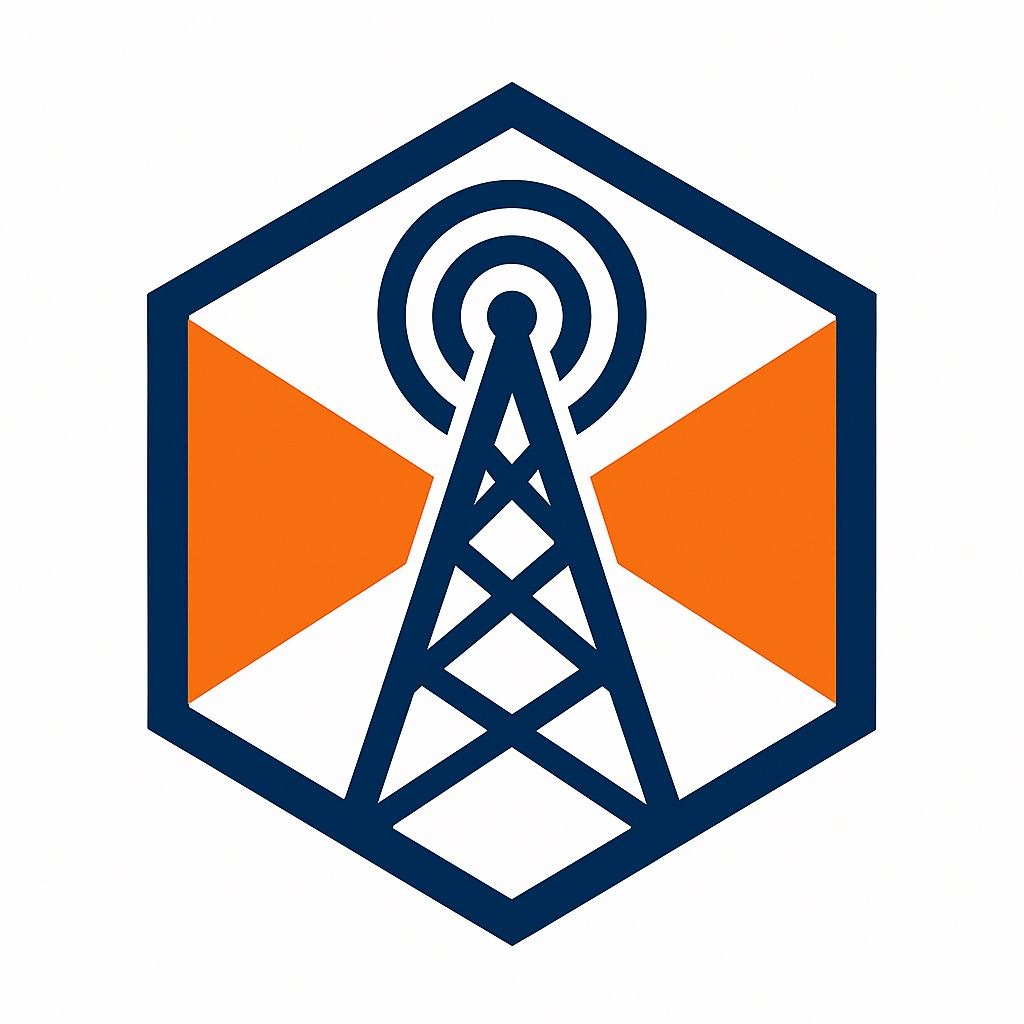
Rising Concerns: Poison Center Calls and Self-Harm in Preteens
A recent report highlights a troubling trend: poison center calls tied to suspected self-harm among preteens have surged dramatically. Data indicates that substance exposure incidents among children aged 6 to 12 rose by a staggering 53.8% from 2000 to 2023, with a jaw-dropping 311% increase linked specifically to self-harm or suicidal intent. These figures reveal not just a startling escalation in dangerous situations but also call for urgent attention from parents, caregivers, and health professionals alike.
Understanding the Landscape of Child Exposures
Interesting findings in the report showed that nearly half of all exposures (48.6%) were due to therapeutic errors, where children may accidentally ingest medications or supplements. As our understanding of youth mental health evolves, it's clear that the increased rates of substance exposures could reflect a deeper crisis. The authors of the study from the Abigail Wexner Research Institute highlight that while many cases were minor, the seriousness of the situation cannot be ignored.
Spotting Self-Harm Trends: A Critical Discussion
Contributing to the alarming trend is the rise in youth depression and anxiety, partly amplified by social media and, more recently, the isolation experienced during the pandemic. Young children might not fully understand the implications of their actions, making it vital for caregivers to educate themselves on safe substance storage and potential warning signs of self-harming behavior. Experts like Dr. Hannah Hays recommend proactive measures like developing medication charts to avoid confusion and ensure safety.
Why Awareness Matters: Community Impact
This surge in self-harm incidents requires a collective response. Communities, including health organizations and educational institutions, should consider implementing awareness campaigns that promote open discussions around mental health. Families can benefit from education about the significance of recognizing early signs of distress in children, helping protect the youngest members of our society from harmful outcomes.
Recognizing and addressing the rising incidents of self-harm in preteens is not just a personal or family concern; it reflects broader mental health challenges within our communities. As we strive for a healthier society, awareness will be crucial.
 Add Row
Add Row  Add
Add 




Write A Comment